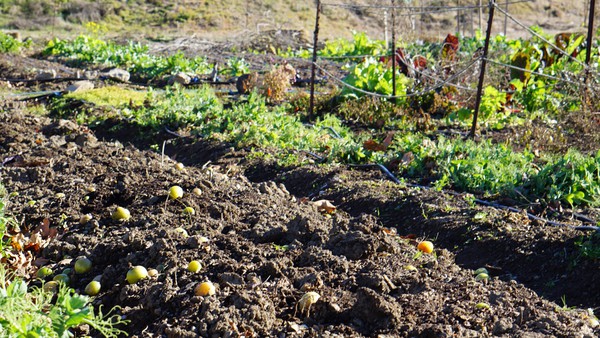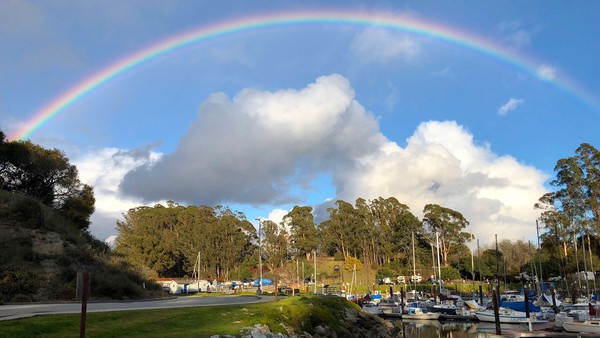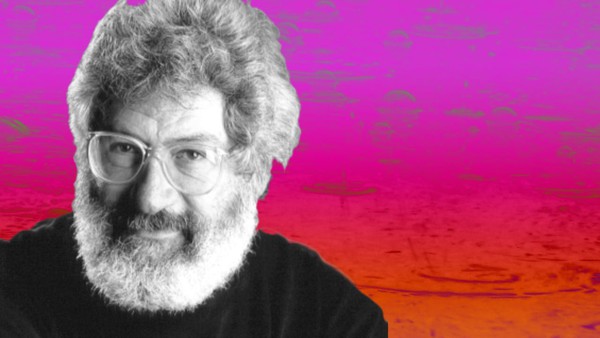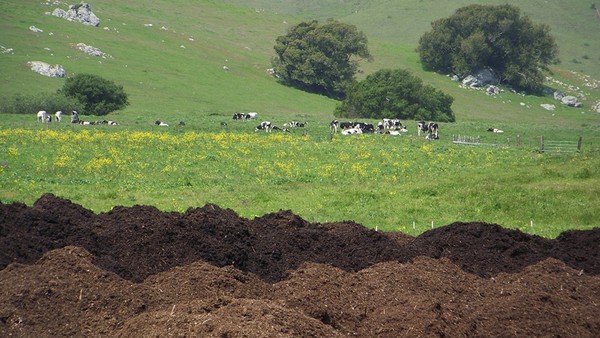A cosmic sky in hip Santa Cruz.
Since California Local began sending out newsletters in March, each week we focus on a different aspect of this unruly website. Some come for the weather and traffic news, then stay for the articles. Others use our directories of community groups and government entities, and end up perusing our digest of local news.
In the spotlight this week are several articles written by our core team that epitomize what California Local is, and why we do what we do.
As journalists, we’re not looking to duplicate the vital work already being done by local beat reporters. Instead, we aim to publish stories that look at the historical processes that have shaped how California functions today. And on a local level, we’re looking for hidden treasures, forgotten histories and less-traveled byroads. So without any more ado, let’s move on to some quintessential Local links.
What a Long Strange Trip It Still Is
Santa Cruz is the second smallest county in California by geographic area. But as California Local co-founder Chris Neklason points out, “it’s always felt like the place punches above its weight in terms of creative output.”
In Neklason’s most recent articles, he writes about some of the most colorful personalities to be found in an intellectual history of Santa Cruz County. The article "How Did Santa Cruz Get So Hip?" summarizes the pleasures to be found from reading Hip Santa Cruz, a five-volume series of oral histories and memoirs told be people who where there to witness “the unique cultural phenomenon that took place in Santa Cruz, California, circa 1964-1970.”
In a separate article, Neklason shares a long conversation he had with one of those local legends: renowned mathematician and chaos theorist Ralph Abraham.
Behind the Headlines
In the news this month is the activation of the 988 number, designed to trigger a different response to calls involving mental health emergencies. Back in September 2021, reporter Jonathan Vankin researched the reasons behind creating the new phone line and the challenges in funding it. He also took a look at how 911 came into being. Turns out California was the first state to pass a law mandating 911 as the universal emergency number.
Another piece of legislation that’s finally becoming a part of everyday life is SB 1383, the Climate Pollutant Reduction bill. In August, the Santa Cruz Sentinel reports, the city of Santa Cruz will initiate its new Curbside Food Scrap Collection Program, with food scraps collected on the same day as residential trash/recycling pickups. A year ago, California Local reporter Colleen Valles wrote about the challenges of getting the bill passed and also interviewed Nick Lappis of Californians Against Waste, one of SB 1383’s main architects. So when you wonder why you now need to separate that food waste from the rest of the garbage, find the answers on California Local.
Compost Belongs in the Garden

Californians Against Waste was one of the main advocates behind SB 1383, which requires California to divert 75 percent of its organic waste from landfills. California Local talked to CAW’s Nick Lapis to learn more about what it does and why.







